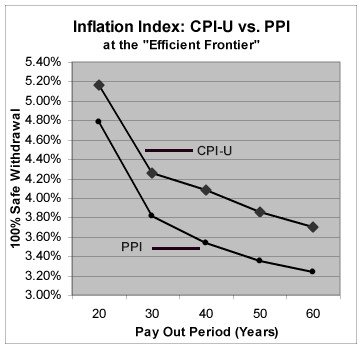haha
Give me a museum and I'll fill it. (Picasso) Give me a forum ...
And then there is the question, what is ER? The people who retire at 32 with 400k to a foriegn country are one extreme, and then there are those of us who will be happily labeling our retirement at 55 with 1)paid off house 2) couple mil in the bank 3) company pension 4) SS only 7 years away (we hope) as ER and see the ice as plenty thick.I enjoy my job at times, but 36 years of working will be enough!
If someone in this position is in trouble, so are we all. Yesterday a woman maybe few years younger than I started chatting me at a bus-stop. I sat by her on the ride, and she told me her story. She quit a fairly good job in her mid 50s to follow her true love to Seattle. He ditched her. She had no luck getting a similar job, and her old employer had moved on. Besides, she likes it here. For a while she afforded an apartment in my fairly expensive neighborhood, but she finally got priced out. So she found a very nice studio in a senior rent-subsidized place in an excellent neighborhood. She feels quite safe, she can bring guests up, cook, has nice laundry facilities, and has the OK Seattle public transit system to get around wherever she can’t walk. She described it as similar to dorm living- a lot of people around to do things with when she wanted, but who weren’t on top of her all the time. My guess is that she lives on SS, or maybe on a claim to an ex’s SS.
She looked happy and cheerful to me, so I really don't think the downside is likely to be all that bad, for anyone with a little resourcefulness. Not that I would want to plan on this, but it really isn't sleeping in a doorway either. The key is, you have to have some income, and you can't be raving crazy or an alcoholic or drug user.
Ha


